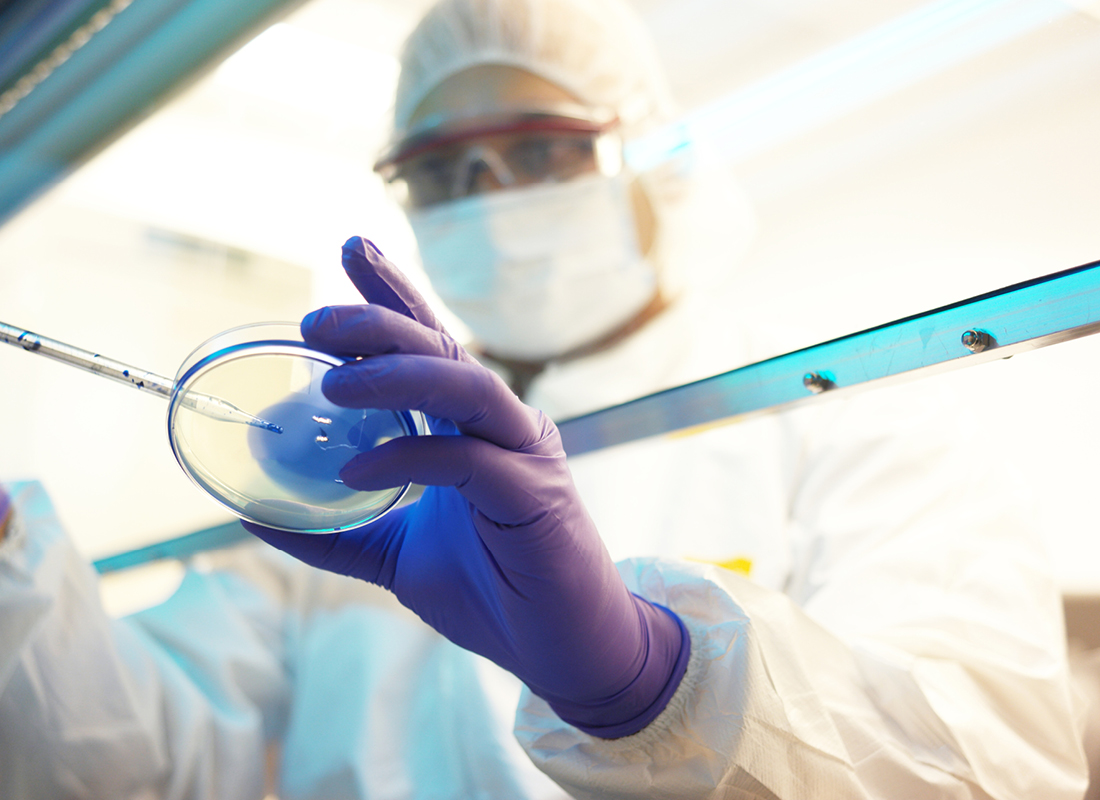HBA1c Blood Test May ID Gestational Diabetes Risk in First Trimester
From - Diagnostic Testing & Emerging Technologies First trimester HbA1c may aid in early identification of at women at risk of gestational diabetes (GD), according to a study published in Scientific Reports. Such early screening could… . . . read more

First trimester HbA1c may aid in early identification of at women at risk of gestational diabetes (GD), according to a study published in Scientific Reports. Such early screening could allow for lifestyle interventions before the condition develops and adverse pregnancy outcomes can occur.
HbA1c is most commonly used to diagnose type 2 diabetes among adults. It is also used among high-risk women at the first prenatal visit to identify women with overt type 2 diabetes, but it is not currently used to screen for GD. Furthermore, little is known about the normal ranges for HbA1c across pregnancy.
The researchers from the Eunice Kennedy Shriver National Institute of Child Health and Human Development (NICHD) conducted a nested GD case-control study among participants in the NICHD Fetal Growth Studies-Singleton Cohort (2009 to 2013).
HbA1c was assessed in 107 GD cases and 214 controls matched based upon maternal age, race/ethnicity, and gestational week of blood collection. Blood collection occurred at 8–13, 16–22, 24–29, and 34–37 gestational weeks. Women with HbA1c ≥ 6.5% at enrollment or who had a hemoglobin variant were excluded.
The researchers found that women who later developed GD had significantly higher HbA1c at 8–13 gestational weeks. This difference remained significant throughout pregnancy. For each 0.1% HbA1c increase at 8–13 weeks there was an adjusted 22 percent increased risk of GD risk. Additionally, first trimester HbA1c significantly improved GD prediction over conventional risk factors, like age, race/ethnicity, pre-pregnancy overweight and obesity, family history of diabetes, and GD in a prior pregnancy.
There was suggestion that the optimal HbA1c cutpoint was at (95% CI 62%, 88%).
At an HbA1c of 5.7% (similar to type 2 diabetes outside of pregnancy), the sensitivity was 21 percent and the specificity was 95 percent. However, with a cutoff point of 5.1%, sensitivity was 47 percent and the specificity was 79 percent.
“The low sensitivity at higher HbA1c levels suggests that HbA1c may not be a good substitute for a second trimester oral glucose tolerance test, which tests the acute response to the glucose challenge and how women respond to the increased insulin resistant environment of late pregnancy,” write the authors led by Stefanie Hinkle, from NICHD in Bethesda, Md. “However, more importantly, the high specificity at 5.7% (39 mmol/mol) suggests that with this threshold few low-risk women, who otherwise would not receive early screening, would be incorrectly diagnosed by an elevated first trimester HbA1c level.”
Takeaway: Use of HBA1c testing early in pregnancy may identify women at risk for GD before complications occur.
Subscribe to Clinical Diagnostics Insider to view
Start a Free Trial for immediate access to this article